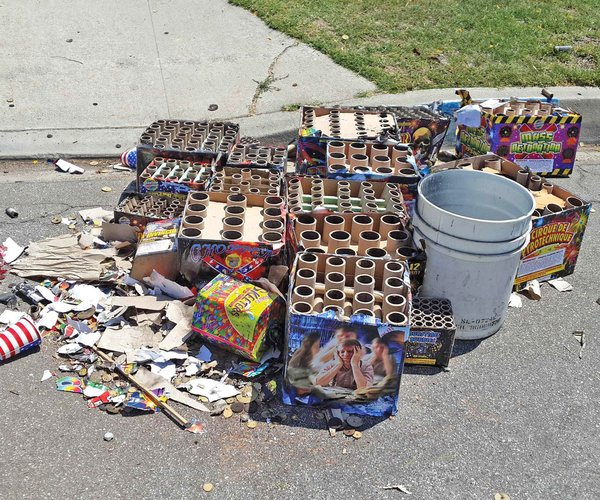For two years now, water that is flushed out of Ceres homes has been recycled and used for crops on the west side. Now the Ceres City Council is onboard with a plan to expand the North Valley Regional Recycled Water Program.
Farmers on the west side of the county in the Patterson are growing desperate for water to grow their crops – especially in drought years. Karen Morgan, the city’s Public Works superintendent, said the cities have a chance to bring more water to the Del Puerto Water District and avoid upcoming regulations that will make the project more expensive.
At its meeting last week the council received an update on how the $90 million project is going and where it will go next.
Ceres sends approximately one million gallons of its treated effluent to the Turlock sewer plant for tertiary treatment. Turlock then pipes some of that water to the west side. Ceres also sends a smaller portion to Modesto for treatment.
Anthea Hansen of Del Puerto Water District asked Ceres if it will consider sending more treated water to the west side at a time when the state will tighten regulations on ponding, discharge and evaporation from secondary treatment ponds.
“Given our situation and the ongoing drought I think that there might be a win-win opportunity that my agency can bring worth and I will hope that you will further consider this item when we do come to see you next with our actual final part,” said Hansen.
The Del Puerto Water District is a Central Valley Project water service contractor. The canal supplies up to 3.1 acre-feet of water to every acre farmed in the district. While that is enough in most years, water has been more difficult to obtain and even though the district has a contract with the federal government, Del Puerto has only received its full contracted amount of water five out of the last 29 years due to dry years and increased regulations.
“We’ve converted all of our irrigation to high efficiency practices,” said Hansen. “We have relied on supplemental supply purchases in the water market but if any of you know anything about water in California it’s extremely regulated and complicated. It’s not just a simple task to take water from one region and move it to another region.”
She detailed that starting in water year 2013 and the next four years, water allocations were 20 percent, zero percent, zero percent, and five percent respectively. Last year allocations were zero percent to the over 200 family farmers in her district and she expects zero this year as well.
The recycled water from Ceres, Modesto and Turlock is piped to Patterson area farms. In the winter, that water is sent to the wildlife bird refuge south of Newman.
This North Valley Regional Recycled Water Program allows Del Puerto to work with the Patterson Irrigation District to pump water from the San Joaquin River to the Delta Mendota Canal (DMC) in an amount equal to the cities’ recycled water that is discharged to the San Joaquin River. Del Puerto then diverts the water through their existing facilities on the canal to provide the water to their irrigation customers.
Hansen said the district had the regulations changed to allow the North Valley Regional Recycled Water Program to become the first introduction of tertiary treated recycled water into a federal facility (the canal).
Thus far, over 70,000 acre-feet of recycled water has been provided to Del Puerto area farmers and over 18,000 acre-feet of additional water supply for the bird sanctuaries.
Dan Madden, who is the city of Turlock’s interim Municipal Services Director, told the Ceres council that his plant has the capacity to accept the increased flow.
Ceres is contracted with Turlock to take up to two million gallons of primary treated effluent per day. The Turlock plant can take up to four to six million gallons per day.
The pump station would need to be upgraded, he said.
Councilman Mike Kline wanted to know how Ceres would pay for the extra costs of sending more treated sewer water to Turlock. Morgan said Del Puerto would pay for all costs linked to improvements and part of the capacity charges.
Hansen said details need to be worked out but said “I would not have approached the city with a proposal that would put an additional burden on your ratepayers without just compensation.”
Morgan reminded the council that diverting wastewater away from the Ceres ponds to Turlock enable the city to avoid treating water.
“Just to treat one million gallons is going to be roughly $40 so we’re avoiding some major costs,” Morgan told the council.





